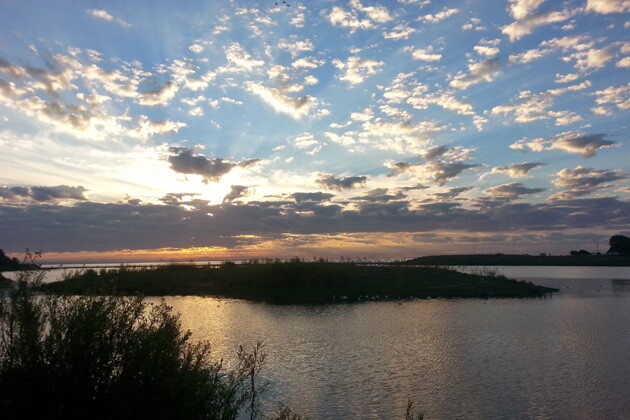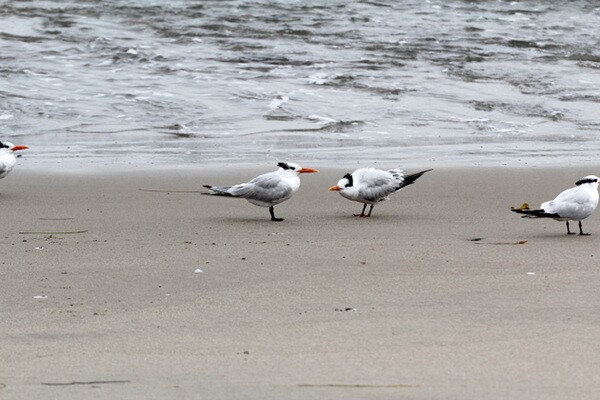Malibu Lagoon Project Shows Improved Water Quality and Smell

Revitalization is a tricky proposition. Grand plans and lush renderings can only go so far. Once a project begins, the real test commences. Two years after the opening of the controversial Malibu Lagoon Restoration Project, the Bay Foundation and California State Parks has released the "Malibu Lagoon Restoration and Enhancement Project Comprehensive Monitoring Report (Year 2)" that shows promising results.
The report shows that at the two-year mark, the lagoon showed highly improved water quality, and dissolved oxygen readings exceeded pre-restoration conditions. Circulation at the lagoon had also improved, allowing dissolved oxygen to flow throughout the lagoon, especially in the back channels. It also found an increase in benthic invertebrate and fish populations. Bird populations have also shifted from urban birds to water and shore birds. What was once an oxygen-deprived "dead zone" is now coming back to life.
Mark Abramson, the Bay Foundation Senior Watershed Advisor, says that it's not just the report that shows the project's success -- one only need to use one's sense of smell. "If you were someone who frequents the lagoon, you can just smell the difference," said Abramson, "It hardly has any odor anymore. It's amazing."
"The results are extremely gratifying, and frankly exciting, although it was exactly what we were expecting from the planning and research we did leading up to the project," says Suzanne Goode, Senior Environmental Scientist for California State Parks, and lead for the restoration effort for the department. "Still, one never knows exactly what other factors might have influenced a different outcome, so it's also a bit of a relief."

Monitoring will continue for at least three more years to make sure that all the project's goals are being met. To ensure the quality of their restoration, experts in algae, birds, water quality, and vegetation were brought together to form an advisory committee. Permitting agencies also weighed in on criteria for the project's success.
The restoration's positive indications are certainly gratifying for an environmental group that has gone through the rings to get the project off the ground. When the project was first proposed five years ago, it concerned many activist groups and officials who thought the site would only be harmed by the reshaping and dredging required for restoration. Their discomfort resulted in several legal delays including a court-issued stay that delayed the project in 2011.
"In wetland and riparian communities, the topography and hydrology must be right for everything else to thrive," explains Goode. "Sometimes we have to use an approach that is a bit more than pulling weeds and planting natives to restore natural areas. Sometimes we have to use some pretty heavy equipment to undo the mistakes of the past and put things right."
"If you went down the list of dire predications from protestors, I can't think of a single one that really held up," says Abramson. "They said it would be a mud hole, it's going to change the location of the surf break, we're never going to get the fish back or the birds, the oxygen levels would stay the same. All those things have not proven to be true."
It has proven to be just the opposite, in fact. A year after the project finished, steelhead trout, a species missing in the site for years, was spotted. Special status birds such as the California state protected California Brown Pelican and federally threatened Western Snowy Plover continue to use the site, along with more shorebirds.
The work is not yet over. Native plants continue to be planted; non-native plants are being weeded by volunteers; and water systems are continually being monitored to ensure just the right amount of water to support the plants. Nonetheless, all signals are optimistic that this is one wetland on track for survival.
"It's super exciting to be able to watch things adapt at this kind of speed," says Abramson. "It's pretty unusual in nature." Given its results, the project could provide an important benchmark for future restoration projects in and around the Los Angeles River watershed.
Read the full report here.


